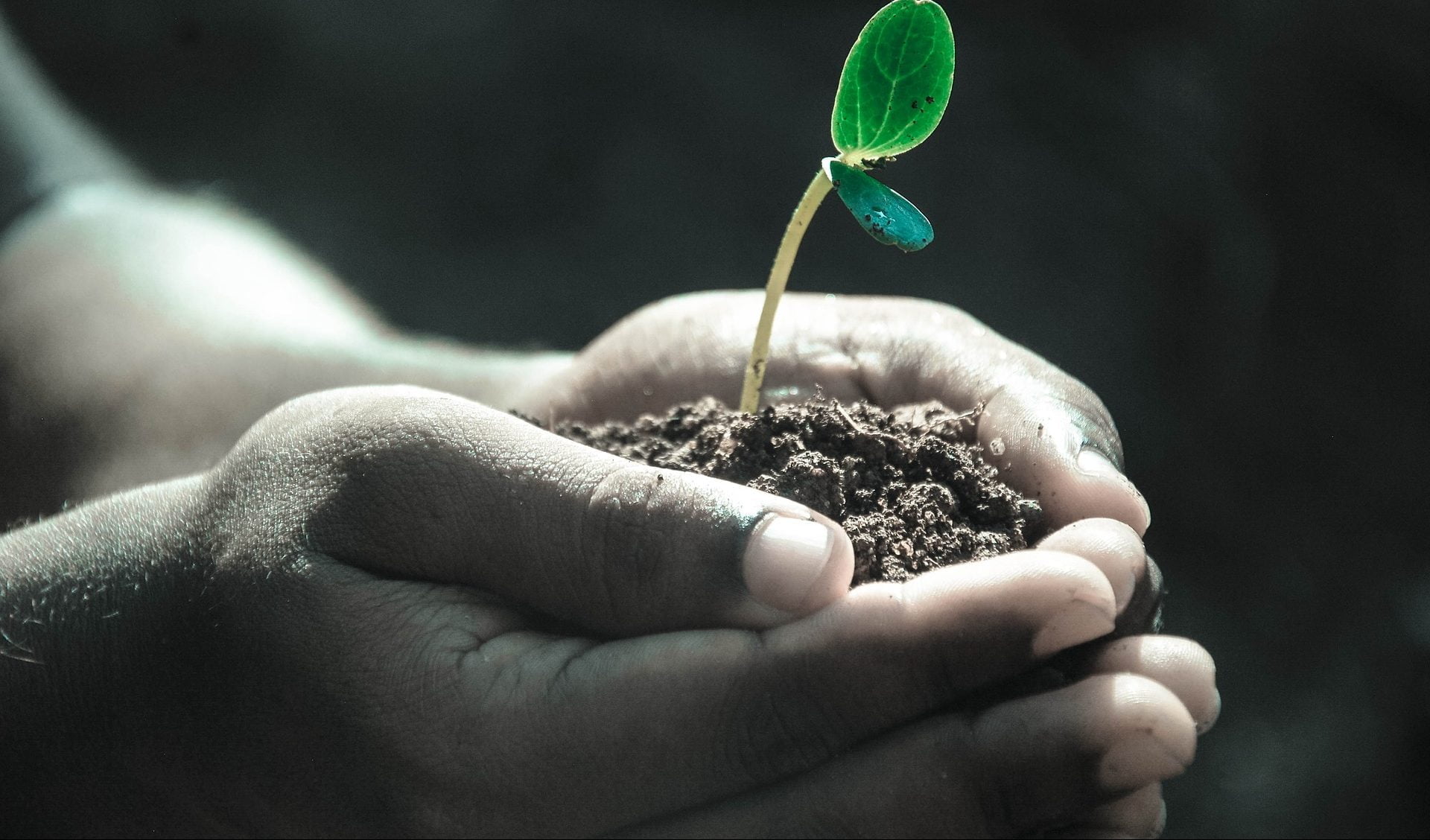Green Burial Options – Human Composting
Human composting is a green burial option that converts the body to soil, allowing even the deceased to give back to the environment.
What Human Composting Is:
Human composting is a green burial option that expedites the process of returning the remains to the earth. Compared to the natural burial of the body, which can take up to two years to fully decompose, human composting converts the entire body to soil in a matter of months. Human composting is a sustainable burial option for people who live in urban environments and don’t want to leave their neighbourhoods after dying.
Human composting is also more sustainable compared to traditional burial services. Cremation requires burning fossil fuels and emits carbon dioxide. Conventional burials can contaminate soils, use valuable land, and contribute to climate change’s effects through resource-intensive manufacturing and transportation of caskets.
How Human Composting Works:
Human composting is similar to traditional food composting, which uses an aerobic method of decomposing organic solid waste. To begin the process, the deceased body is placed on top of a bed of wood chips, alfalfa, and straw in a specially designed vessel. The body is then layered with these materials. The vessel is then sealed and placed in a temperature-controlled environment. The vessel is supplied with a steady supply of oxygen.
The microorganisms will start to break down all of the organic matter. This includes even the bones, which typically stick around for decades in natural burials. Once the entire body is decomposed, a small volume of soil is all that remains. Each body creates one cubic yard of soil, which is removed from the vessel and put aside to cure for two to six weeks. The final soil can be given to the deceased person’s family (similar to ashes from a cremation ceremony) or donated to farms or conservation efforts.
Much like traditional compost, made from food or garden pruning, the soil from human composting is perfectly good to be used in gardens. The soil’s pH level is about 6.6, which is ideal for most plants. You can spread the soil on trees, yards, house plants, and flowers and allow the deceased to continue to give back to the environment.
Where Is Human Composting Done:
New York has become the sixth US state to legalize this eco-friendly burial alternative, following Washington, Colorado, Oregon, California and Vermont. Because this service is limited to only a few places, the price is on par with an average funeral or a creation service. Human composting can cost upwards of $5000 to $8000. But as it continues to become adopted and more people learn about these services, the costs may go down.
Human composting is a new concept, first accepted and legalized in 2019. Hopefully, as people continue to look for environmental solutions, even after they die, human composting will become included in the options for burial services.
Learn more about the human composting process from Earth Funeral, one of the key human composting providers based in Washington & Oregon.










